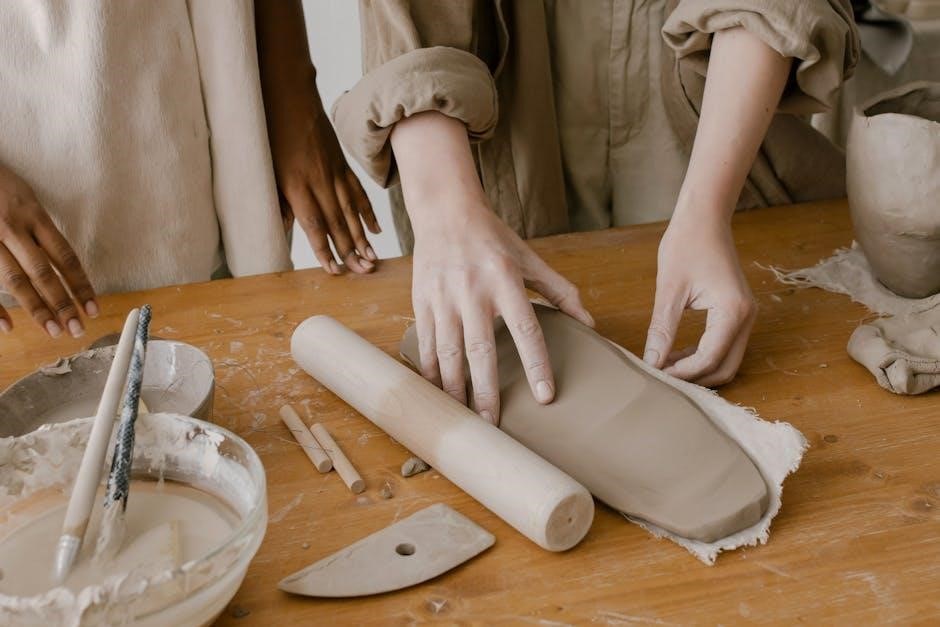Manual Lymph Drainage (MLD) training introduces a therapeutic technique to enhance lymphatic system function, developed by Dr. Emil Vodder. It promotes healthy lymph flow, aiding detoxification and recovery.
What is Manual Lymph Drainage?
Manual Lymph Drainage (MLD) is a gentle, non-invasive manual therapy that promotes the movement of lymph fluid through the body. Developed by Dr. Emil and Estrid Vodder in the 1930s, MLD involves light, rhythmic strokes that stimulate the lymphatic system, enhancing its natural detoxification and immune-boosting functions. It is particularly effective in reducing swelling, easing inflammation, and improving overall circulation. MLD is often used to treat conditions like lymphedema, fibromyalgia, and chronic fatigue syndrome. The technique is also applied in pre- and post-operative care to minimize bruising and accelerate healing. By encouraging the proper flow of lymph, MLD supports the body’s ability to remove toxins and maintain optimal health. It is a versatile therapy that can be integrated into both medical and wellness practices.
History and Development of MLD
Manual Lymph Drainage (MLD) was first introduced in the 1930s by Danish physicians Dr. Emil and Estrid Vodder. They developed this technique after observing the lymphatic system’s role in immune function and detoxification. Initially used to treat chronic conditions like sinusitis and acne, MLD gained popularity for its ability to reduce swelling and promote healing. Over the years, the technique evolved and was incorporated into Complete Decongestive Therapy (CDT), becoming a cornerstone in lymphedema management. MLD spread globally, with schools like the Dr. Vodder School International and Klose Training offering certifications. Today, it is widely recognized as a versatile therapy, applied in both medical and wellness settings, from post-operative care to spa treatments, continuing the Vodders’ legacy of innovation in lymphatic health.
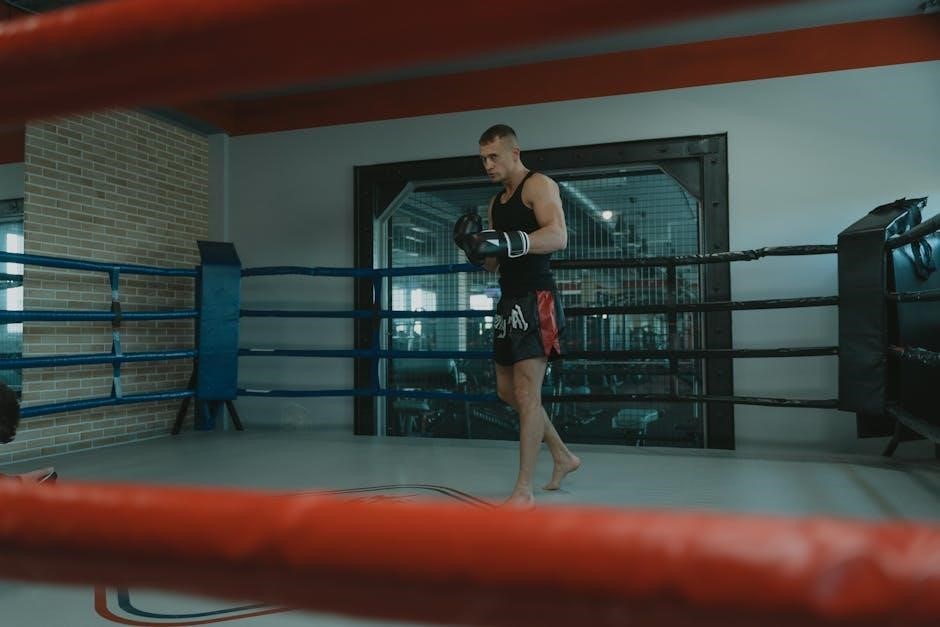
Benefits of Manual Lymph Drainage Training
Manual Lymph Drainage training enhances lymphatic function, reduces swelling, and promotes healing. It boosts immunity, aids detoxification, and improves overall well-being through gentle, therapeutic techniques.
Enhanced Lymphatic System Function
Manual Lymph Drainage (MLD) training emphasizes techniques that gently stimulate the lymphatic system, enhancing its natural ability to transport lymph fluid. By promoting efficient lymph flow, MLD helps reduce toxins and proteins in tissues, improving overall circulation. This therapy is particularly effective in supporting the lymphatic system’s role in immune function and detoxification. MLD training teaches practitioners to apply light, rhythmic strokes that encourage lymph nodes to process and eliminate waste more effectively. Over time, this can lead to improved lymphatic efficiency, reducing the risk of swelling and promoting better overall health. The techniques learned in MLD training are adaptable to various conditions, making it a versatile tool for both therapeutic and wellness applications.
Reduced Swelling and Inflammation
Manual Lymph Drainage (MLD) training teaches techniques that effectively reduce swelling and inflammation by enhancing lymphatic circulation. By stimulating lymph nodes and vessels, MLD helps remove excess proteins and fluids from tissues, alleviating edema. This therapy is particularly beneficial for conditions like lymphedema, post-surgical swelling, and chronic inflammation. MLD’s gentle, rhythmic strokes promote the drainage of interstitial fluid, reducing pressure on tissues and improving overall comfort. The training equips practitioners to address localized swelling and systemic inflammation, offering a non-invasive solution for various medical and therapeutic applications. Regular MLD practice can also prevent fluid retention and support post-operative recovery, making it a valuable tool for both acute and chronic conditions.
Improved Healing and Recovery
Manual Lymph Drainage (MLD) training enhances the body’s natural healing processes by improving lymphatic circulation. This therapy accelerates the removal of toxins, inflammatory mediators, and excess fluids, promoting tissue repair. MLD is particularly effective in post-surgical recovery, reducing swelling, bruising, and scar formation. By stimulating lymph flow, it supports the immune system and aids in the delivery of nutrients to damaged tissues. Many surgeons recommend MLD for faster recovery after procedures like joint replacements or plastic surgery. Additionally, MLD is beneficial for chronic conditions such as fibromyalgia and multiple sclerosis, where inflammation and slow healing are common. The training equips practitioners to use MLD as a powerful tool for enhancing recovery and overall well-being in both acute and chronic cases.
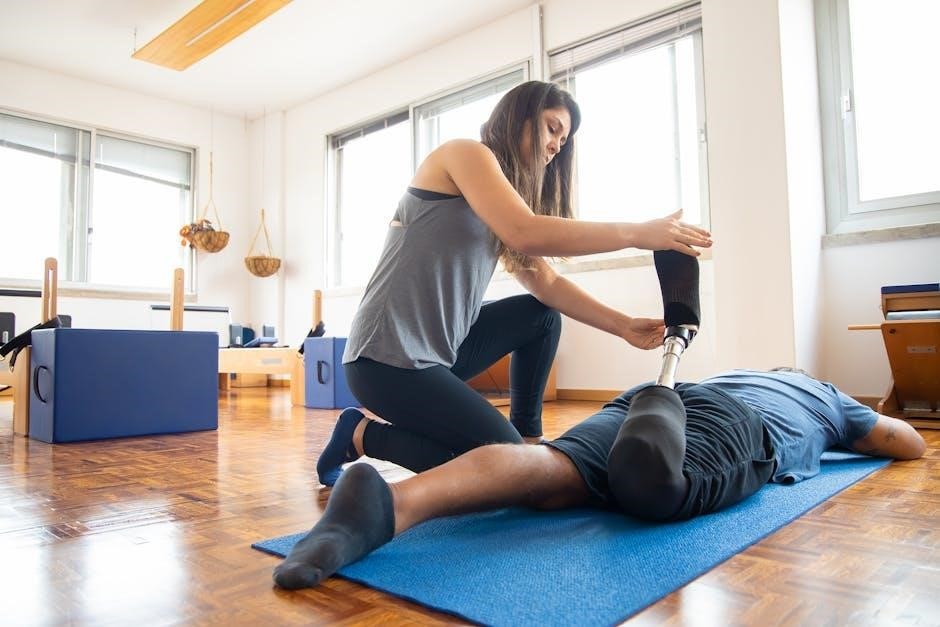
MLD Certification and Training Options
MLD certification programs, such as Dr. Vodder, Klose, and Godoy & Godoy, offer hands-on training in techniques to enhance lymphatic function, with both classroom and practical instruction.
Dr. Vodder School International Certification
The Dr. Vodder School International Certification is a prestigious program offering a 5-day, 40-hour course that combines theoretical and practical training in Manual Lymph Drainage (MLD). Developed by Dr; Emil Vodder, this certification is ideal for professionals seeking to master the original MLD technique. The course covers the application of gentle, rhythmic strokes to stimulate lymph flow, with a focus on detoxification and healing. It is designed for massage therapists, physiotherapists, and healthcare professionals. The training emphasizes proper technique and clinical applications, ensuring graduates can effectively treat lymphedema, swelling, and other conditions. With over 80 years of history, the Dr. Vodder method remains a cornerstone in lymphatic therapy, offering a comprehensive foundation for practitioners.
Klose Training and Certification
Klose Training and Certification is a prominent program offering comprehensive training in Manual Lymph Drainage (MLD). Their curriculum combines theoretical knowledge with hands-on practice, equipping professionals to effectively manage lymphedema and other lymphatic disorders. The training emphasizes evidence-based techniques to enhance lymphatic function and reduce swelling. For inquiries, contact Ashley at Klose Training via phone (303-245-0333) or email (mldklosetraining.com). Klose Training is recognized for its expertise in lymphedema therapy and is part of the broader Complete Decongestive Therapy (CDT) approach. Their courses are designed to empower healthcare professionals with the skills needed to provide exceptional care in lymphatic health.
Godoy & Godoy Technique Certification
The Godoy & Godoy Technique Certification offers specialized training in Manual Lymph Drainage (MLD), focusing on pre- and post-operative care; This method emphasizes a linear, gentle approach, guiding lymph fluid toward lymph nodes using light strokes and lubrication. The certification is ideal for professionals seeking advanced skills in lymphedema management and surgical recovery. The training integrates theory and practical sessions, ensuring mastery of techniques to enhance lymphatic flow and reduce swelling. This certification is recognized for its medical applications and is often used in spas for wellness. It is a valuable addition to lymphedema therapy, complementing other MLD approaches and providing tailored solutions for diverse patient needs.
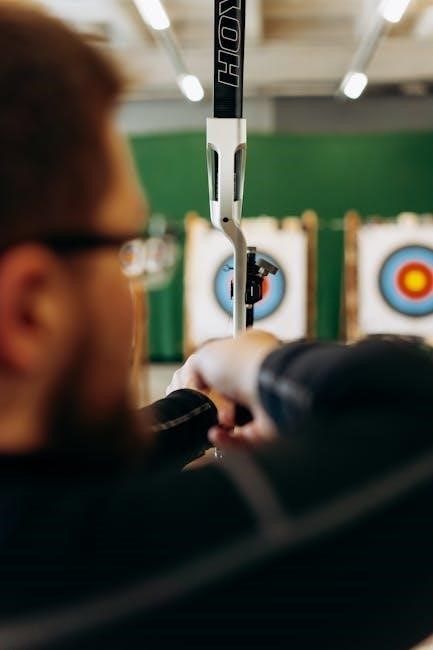
Hands-On Training and Practical Application
Hands-on training in MLD involves practical sessions where students apply techniques on real clients or peers, mastering strokes and adapting them to various body regions and conditions.
Techniques and Strokes in MLD
Manual Lymph Drainage (MLD) involves specific, gentle, and rhythmic strokes designed to stimulate the lymphatic system. These techniques, developed by Dr. Emil Vodder, include light, skin-stretching movements that guide lymph fluid toward functioning lymph nodes. The strokes are applied in a specific sequence, starting from the neck and progressing to other areas like the face, arms, and legs; Each stroke pattern is tailored to the anatomy of the lymphatic system, ensuring effective drainage. The Vodder technique emphasizes working in the direction of lymph flow, while other methods, like the Godoy & Godoy approach, incorporate linear movements toward lymph nodes. Proper training ensures therapists master these strokes, enabling them to reduce swelling, enhance detoxification, and promote overall well-being for clients.
Practical Sessions and Case Studies
Practical sessions in Manual Lymph Drainage (MLD) training are essential for mastering the technique. Participants engage in hands-on exercises, practicing strokes and sequences under instructor supervision. Case studies are analyzed to apply MLD to real-world scenarios, such as lymphedema management or post-surgical recovery. Trainees learn to adapt techniques to individual client needs, ensuring effective lymphatic drainage. These sessions build confidence and competence, preparing therapists to address diverse conditions. Real-life examples and feedback from experienced instructors enhance the learning experience, making MLD training comprehensive and practical. By integrating theory with practice, participants develop the skills necessary to deliver safe and effective MLD treatments tailored to specific client conditions, fostering improved outcomes and client satisfaction.
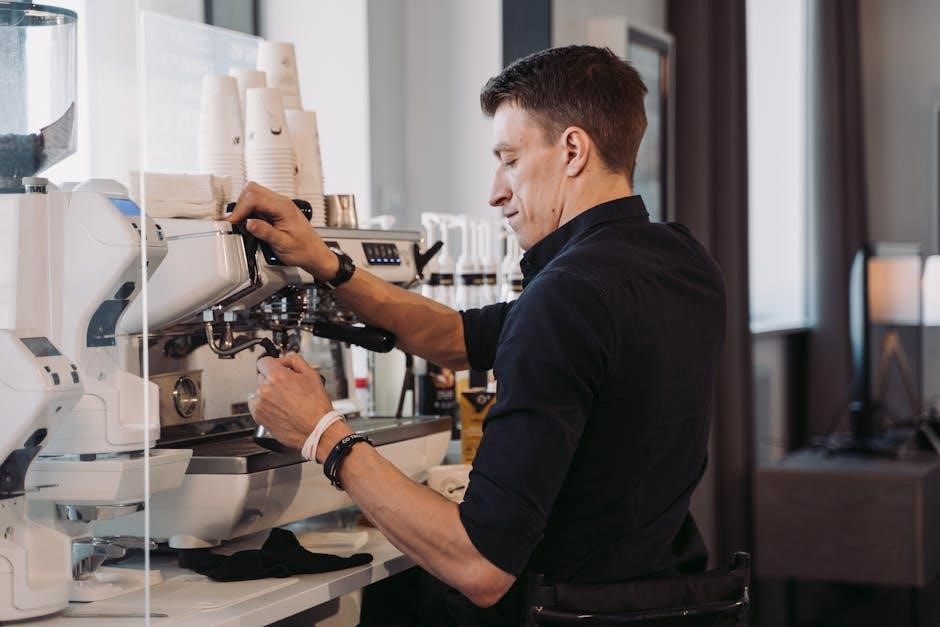
Advanced Training and Specializations
Advanced MLD training explores specialized techniques for chronic conditions like fibromyalgia, MS, and pre/post-operative care, enhancing therapists’ expertise in addressing complex lymphatic system challenges effectively.
Pre- and Post-Operative MLD Techniques
Pre- and post-operative MLD techniques are specialized applications of manual lymph drainage, designed to support surgical recovery. These methods, often based on the Godoy & Godoy technique, involve gentle, linear strokes toward lymph nodes to reduce swelling and promote healing. Surgeons increasingly recommend MLD for procedures like joint replacements or plastic surgery, as it accelerates recovery by minimizing edema, bruising, and pain. Pre-operative MLD prepares the lymphatic system, while post-operative sessions enhance tissue repair and scar healing. This advanced training equips therapists to address surgical clients’ unique needs, ensuring safer and more effective outcomes. It is particularly beneficial for patients at risk of lymphatic system overload during or after surgery.
MLD for Chronic Conditions (Fibromyalgia, MS)
Manual Lymph Drainage (MLD) is increasingly recognized for its benefits in managing chronic conditions like fibromyalgia and multiple sclerosis (MS). By gently stimulating the lymphatic system, MLD helps reduce inflammation, alleviate pain, and improve overall well-being. For individuals with fibromyalgia, MLD can ease muscle tension and enhance lymphatic circulation, potentially reducing symptoms like fatigue and stiffness. In MS patients, MLD may support neurological health by promoting the removal of toxins and excess proteins, which can contribute to neuroinflammation. Proper training in MLD techniques is essential to safely and effectively apply these methods for chronic conditions. Advanced certification programs often include specialized case studies and hands-on practice to address these complex health challenges.
Manual lymph drainage training offers a versatile therapy with applications in both medical and wellness settings, promoting lymphatic health and overall well-being, with a promising future ahead.
The Future of MLD in Healthcare and Wellness
Manual Lymph Drainage is increasingly recognized as a vital tool in healthcare and wellness, offering versatile applications across medical and spa settings. Its ability to enhance lymphatic function, reduce swelling, and promote healing makes it a sought-after modality for surgeons, therapists, and wellness professionals. As awareness grows, MLD is being integrated into pre- and post-operative care, chronic condition management, and anti-aging therapies. The demand for certified practitioners is rising, driven by its evidence-based benefits. With advancing research and training, MLD is poised to become a cornerstone in holistic health, bridging medical and wellness practices for improved patient outcomes and enhanced quality of life.
